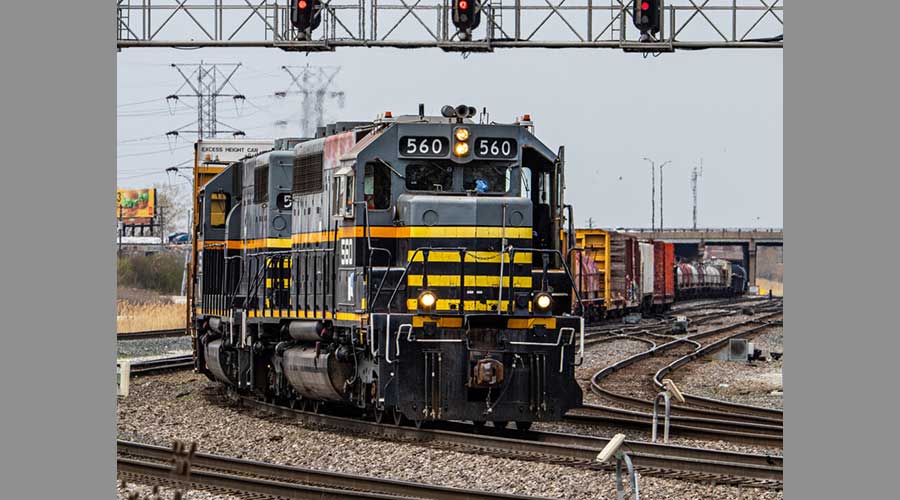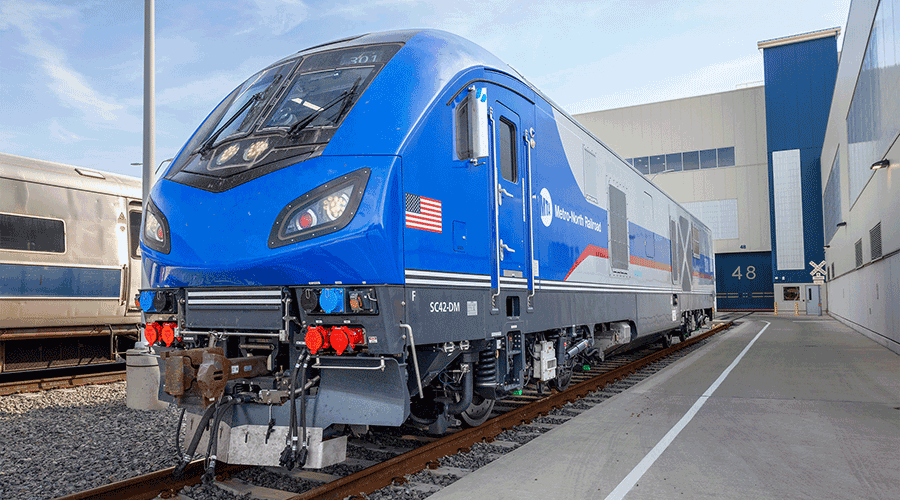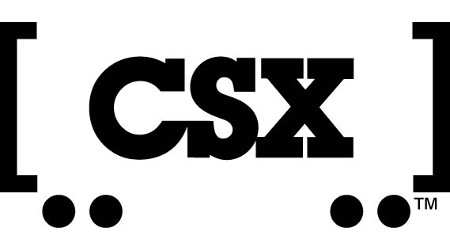Newsletter Sign Up
Stay updated on news, articles and information for the rail industry
Stay updated on news, articles and information for the rail industry
RAIL EMPLOYMENT & NOTICES
Rail News Home
High-Speed Rail
Rail News: High-Speed Rail
5/27/2010
Rail News: High-Speed Rail
Mixed-use tracks present new maintenance challenges
advertisement
With the federal government making funds available for high-speed passenger rail projects, states are working to implement their plans. Many will strike up a deal with a freight railroad to run high-speed passenger trains on freight tracks, rather than building dedicated high-speed track.
Upgrades will need to be made to existing track to run the high-speed trains, and in many states, plans for that are already in place. But what happens down the road, when the upgraded track needs to be maintained?
Maintenance needs are not the same for mixed-use track as they are for freight track, as Eric Magel, chief engineer of the rail division at NRC Centre for Surface Transportation Technology, discovered while helping Amtrak develop a maintenance plan for its Acela train.
It seems logical that grinding needs would be different, since the design of the trains themselves is so different. Freight trains have heavy axle loads, run under balance speed, operate using hard rail and can take many curves relatively easily. Meanwhile, high-speed trains have light axle loads, run significantly over balance speed, typically operate on soft rail and have a much longer wheel base, Magel told a crowd at the Wheel Rail Interface 2010 Heavy Haul Seminar held May 19 in Chicago, Ill.
Likewise, the priorities for grinding programs vary. To the operator of a high-speed passenger train, stability and ride quality are key. To a freight railroad, this is a low priority, Magel says. But when you’re moving passengers at high speeds, ride quality matters.
Amtrak and Magel’s team discovered some of these differences after the Acela train went into service. Upon inspection of the wheel profile data, Amtrak discovered that nearly half of the wheels had defects.
Now, in addition to paying attention to rail profile when determining a grinding program, Magel says it’s important to look at the wheel profile as well, since that also contributes to ride quality.
And while Magel says there is no “secret recipe” for perfecting the grinding program on a mixed-use track, he did share some steps to help roads design their own mixed-use grinding programs.
To develop a program, Magel says it’s important to take the following into account:
• Operating conditions
• Wheel profiles, as well as rail profiles
• Tonnage and speeds
• Unbalanced super-elevations
• Friction
• Environmental contamination and moisture
• Rail metallurgy
There also were lessons to be learned from the Acela experience, Magel said:
• Avoid radical reshaping.
• Site-specific profiles are not practical to implement. At first, Amtrak and NRC tried to customize grinding patterns for each site. Ultimately, they ended up with five patterns that are rotated as appropriate.
• Be specific about grinding patterns for the short term. At first, NRC would have the grinding provider grind the area, go back and check it and then have it redone if it wasn’t right. Instead, Magel suggests railroads tell grinding suppliers exactly what they’re looking for to get the proper profile on the first pass.
As high-speed trains begin running on freight tracks there will no doubt be changes in the way the track is maintained. Optimization will be more difficult to achieve and grinding may be more frequent, Magel says. But, the process will continue to evolve to suit the needs of all involved, he adds.

Upgrades will need to be made to existing track to run the high-speed trains, and in many states, plans for that are already in place. But what happens down the road, when the upgraded track needs to be maintained?
Maintenance needs are not the same for mixed-use track as they are for freight track, as Eric Magel, chief engineer of the rail division at NRC Centre for Surface Transportation Technology, discovered while helping Amtrak develop a maintenance plan for its Acela train.
It seems logical that grinding needs would be different, since the design of the trains themselves is so different. Freight trains have heavy axle loads, run under balance speed, operate using hard rail and can take many curves relatively easily. Meanwhile, high-speed trains have light axle loads, run significantly over balance speed, typically operate on soft rail and have a much longer wheel base, Magel told a crowd at the Wheel Rail Interface 2010 Heavy Haul Seminar held May 19 in Chicago, Ill.
Likewise, the priorities for grinding programs vary. To the operator of a high-speed passenger train, stability and ride quality are key. To a freight railroad, this is a low priority, Magel says. But when you’re moving passengers at high speeds, ride quality matters.
Amtrak and Magel’s team discovered some of these differences after the Acela train went into service. Upon inspection of the wheel profile data, Amtrak discovered that nearly half of the wheels had defects.
Now, in addition to paying attention to rail profile when determining a grinding program, Magel says it’s important to look at the wheel profile as well, since that also contributes to ride quality.
And while Magel says there is no “secret recipe” for perfecting the grinding program on a mixed-use track, he did share some steps to help roads design their own mixed-use grinding programs.
To develop a program, Magel says it’s important to take the following into account:
• Operating conditions
• Wheel profiles, as well as rail profiles
• Tonnage and speeds
• Unbalanced super-elevations
• Friction
• Environmental contamination and moisture
• Rail metallurgy
There also were lessons to be learned from the Acela experience, Magel said:
• Avoid radical reshaping.
• Site-specific profiles are not practical to implement. At first, Amtrak and NRC tried to customize grinding patterns for each site. Ultimately, they ended up with five patterns that are rotated as appropriate.
• Be specific about grinding patterns for the short term. At first, NRC would have the grinding provider grind the area, go back and check it and then have it redone if it wasn’t right. Instead, Magel suggests railroads tell grinding suppliers exactly what they’re looking for to get the proper profile on the first pass.
As high-speed trains begin running on freight tracks there will no doubt be changes in the way the track is maintained. Optimization will be more difficult to achieve and grinding may be more frequent, Magel says. But, the process will continue to evolve to suit the needs of all involved, he adds.
— Katie Berk



 2025 MOW Spending Report: Passenger-rail programs
2025 MOW Spending Report: Passenger-rail programs
 Gardner steps down as Amtrak CEO
Gardner steps down as Amtrak CEO
 Guest comment: Oliver Wyman’s David Hunt
Guest comment: Oliver Wyman’s David Hunt
 Women of Influence in Rail eBook
Women of Influence in Rail eBook
 railPrime
railPrime







